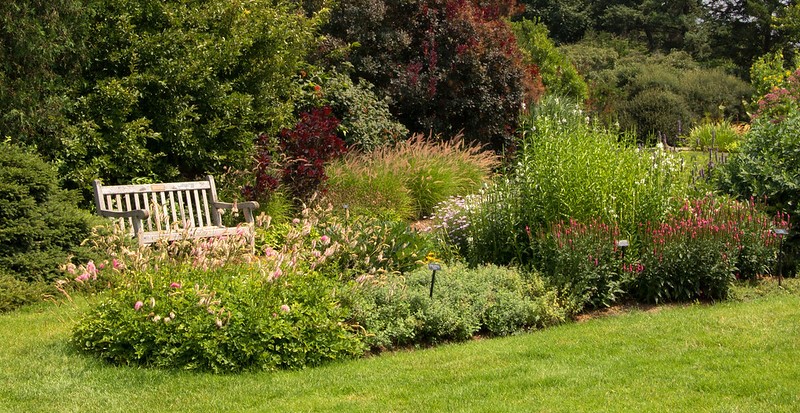“Some perennials can suffer from too much of a good thing,” said University of Missouri Extension horticulturist David Trinklein.
As it grows, year after year, a perennial’s growth clump, or crown, gets so big the plant begins to compete with itself for light, water and nutrients. Eventually this self-struggle leads to fewer and less showy flowers.
Rejuvenating tired, overgrown perennials simply involves dividing the clump. “Take a sharp spade and go right down the middle,” Trinklein said.
Once the clump is cut in two, remove half, taking as many roots as possible with it. Fill the resulting hole with good garden soil. Now the original plant will increase root growth over the winter and be ready for bloom in the spring, Trinklein said. Plant the other half as is or divide it further into quarters or eighths and share the wealth.
“Very few plant people will throw a plant away,” Trinklein added. “They will use that portion of the perennial removed to expand their garden or give it to friends and neighbors.”
Dividing and re-planting may sound like a spring chore. “Not so,” he said.
“We rejuvenate most perennials beginning just after Labor Day to avoid summer heat and water stress,” he said. “Because the divided plant has suffered some root damage, it needs time to reestablish its root system.”
There’s a tendency to judge the growing season by the vegetative growth above the ground. But root growth continues much later into the season.
“Roots cannot tell length of day or night,” Trinklein said. “As long as the soil temperature is relatively warm, roots will continue to grow.”
Dividing is not a necessity for all perennials. Peonies are a good example of a species that doesn’t like to be disturbed. Perennials that lend themselves well to division include iris, daylily, hosta, black-eyed Susan and purple coneflower.
There is one caveat, however.
Whether you’re re-establishing plants from the new divisions or trying to encourage new growth from the remaining part of the plant, avoid adding fertilizer during the fall, Trinklein said. Fertilizer stimulates vegetative growth, which can put the plant at risk if there’s a severely cold winter.
“Wait and apply fertilizer whenever the plants break dormancy the following spring,” Trinklein said. “That’s the time to fertilize most garden perennials.”




